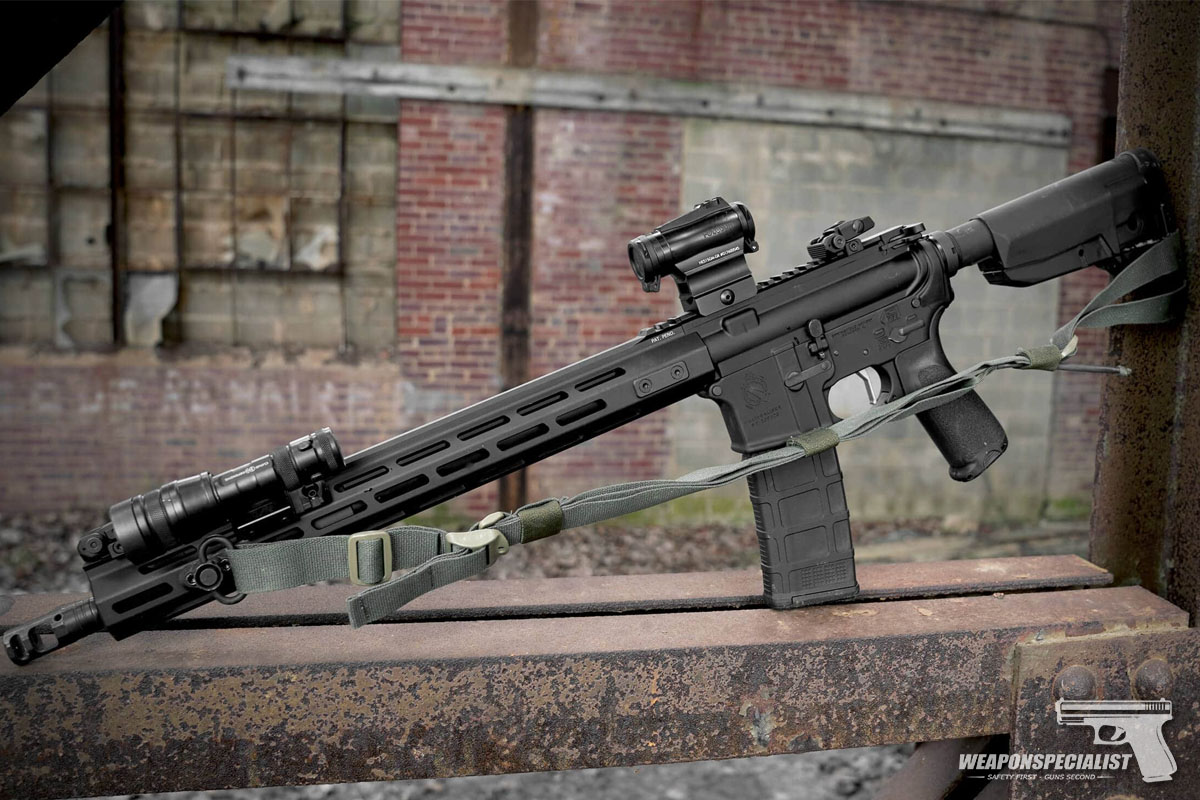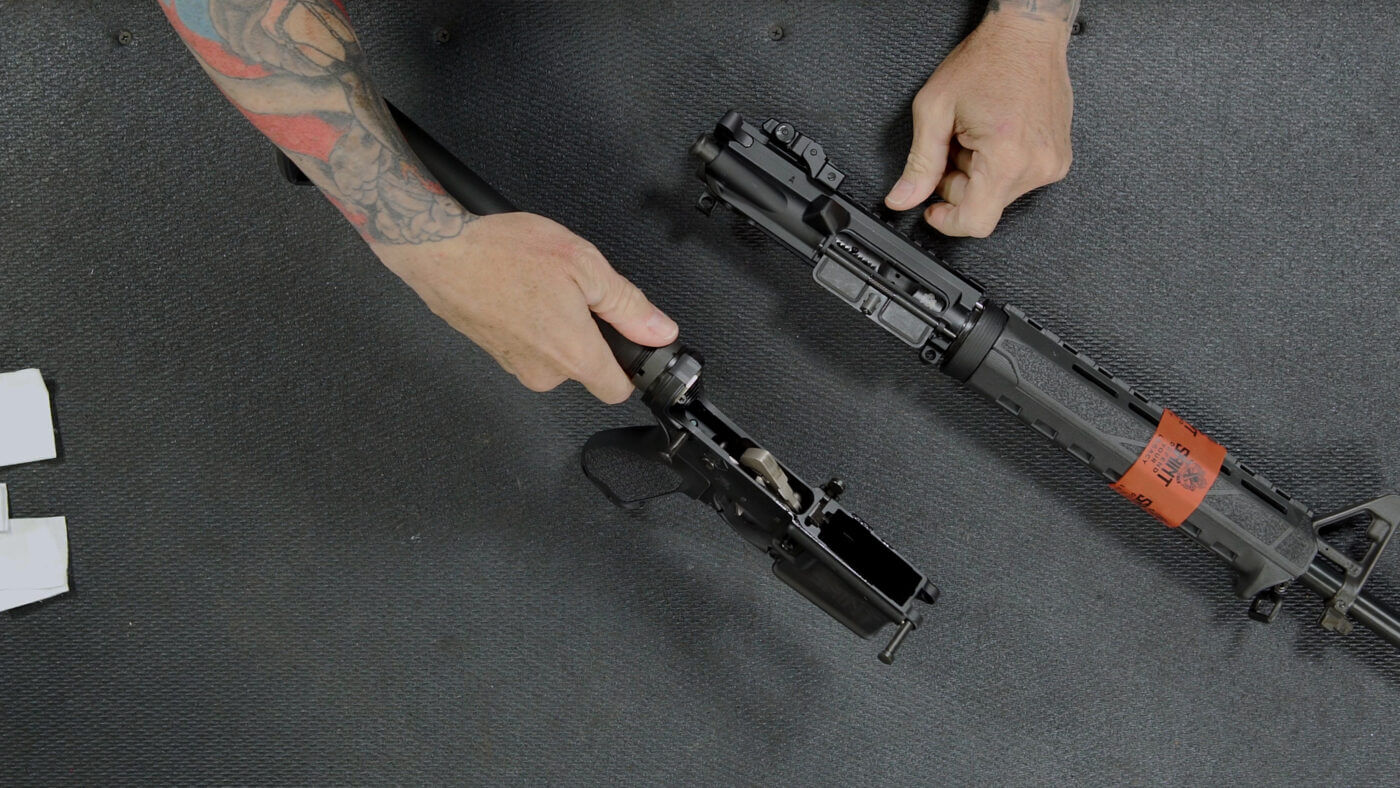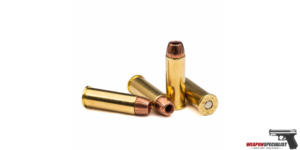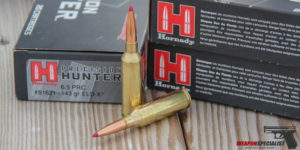When it comes to firearms enthusiasts and enthusiasts alike, one name that often sparks discussions and curiosity is the Springfield Saint Victor. However, our collective excitement for this versatile firearm is sometimes met with a range of challenges and concerns that can be collectively referred to as the Springfield Saint Victor Problems.
These issues, encompassing everything from performance hiccups to ergonomic considerations, have spurred both fervent debates and a quest for effective solutions among our community.
In this exploration, Weapon Specialist delve into the intricacies of these problems, aiming to shed light on potential workarounds and insights that can enhance our experience with the Springfield Saint Victor.
Something about Springfield Saint Victor
The Springfield Armory Saint Victor is a series of AR-15 style rifles and pistols manufactured by Springfield Armory, a well-known American firearms company.
The Saint Victor line is designed to offer a range of features that cater to the needs of modern shooters, including law enforcement, self-defense, and sporting applications. Please note that there might have been updates or new models released since then.

Specifications
| Feature | Description |
|---|---|
| Caliber | Various calibers available, including 5.56mm NATO and .300 AAC Blackout. |
| Action | Semi-automatic action |
| Barrel Length | Typically available in various lengths, often between 16″ and 18″ |
| Barrel Material | High-quality barrel material for accuracy and durability |
| Rail System | M-LOK or other accessory attachment systems for customization |
| Sights | Usually comes with flip-up front and rear sights |
| Handguard | Free-floated handguard design for accuracy and reduced heat transfer |
| Gas System | Direct impingement or piston-driven gas system, depending on the model |
| Magazine Capacity | Standard capacity magazines, often accepting STANAG-style magazines |
| Stock | Adjustable stock for length of pull and comfort |
| Grip | Ergonomic pistol grip for comfortable handling |
| Trigger | Enhanced trigger system for improved accuracy and control |
| Safety | Ambidextrous safety or selector switch |
| Charging Handle | Ambidextrous charging handle for ease of use |
| Muzzle Device | Muzzle brake or compensator to reduce recoil and muzzle rise |
| Finish | Durable finish to resist wear and corrosion |
| Weight | Varies based on configuration and barrel length |
| Optics Ready | Often comes with a flat-top upper receiver for easy optic mounting |
| Magazine Release | Ambidextrous magazine release for convenience |
| Forward Assist | Some models may include a forward assist |
4 Common Springfield Saint Victor Problems
Issue 1: Failure to Feed
One of the most common Springfield Saint Victor problems is failure to feed. This can happen for a number of reasons, including:
- A dirty or damaged magazine
- A bent or broken magazine catch
- A faulty bolt catch
- A misaligned bolt carrier group
To troubleshoot a failure to feed, first check the magazine for dirt or damage. If the magazine is dirty, clean it with a soft cloth and solvent. If the magazine is damaged, replace it.
Next, check the magazine catch. Make sure that it is not bent or broken. If it is, replace it.
Finally, check the bolt catch. Make sure that it is not faulty. If it is, replace it.
Issue 2: Failure to Extract
Another common Springfield Saint Victor problem is failure to extract. This can happen for a number of reasons, including:
- A dirty or damaged chamber
- A bent or broken extractor
- A faulty ejector
- A misaligned bolt carrier group
To troubleshoot a failure to extract, first check the chamber for dirt or damage. If the chamber is dirty, clean it with a soft cloth and solvent. If the chamber is damaged, have it repaired or replaced.
Next, check the extractor. Make sure that it is not bent or broken. If it is, replace it.
Finally, check the ejector. Make sure that it is not faulty. If it is, replace it.
Issue 3: Failure to Eject
Failure to eject is another common Springfield Saint Victor problem. This can happen for a number of reasons, including:
- A dirty or damaged barrel
- A bent or broken ejector
- A faulty extractor
- A misaligned bolt carrier group
To troubleshoot a failure to eject, first check the barrel for dirt or damage. If the barrel is dirty, clean it with a soft cloth and solvent. If the barrel is damaged, have it repaired or replaced.
Next, check the ejector. Make sure that it is not bent or broken. If it is, replace it.
Finally, check the extractor. Make sure that it is not faulty. If it is, replace it.
Issue 4: FTE/FTF Failures
FTE/FTF failures, or failures to extract and failures to feed, can be caused by a number of problems, including:
- A dirty or damaged firearm
- Improper ammunition
- A faulty magazine
- A misaligned bolt carrier group
To troubleshoot FTE/FTF failures, first clean the firearm thoroughly. Then, try using different types of ammunition. If the problem persists, replace the magazine. If the problem still persists, have the firearm inspected by a qualified gunsmith.
Things To Do Before and After using Springfield Saint Victor
Before
- Safety Check: Always treat your firearm as if it’s loaded. Ensure the chamber is empty, and there is no ammunition in the magazine. Point the firearm in a safe direction.
- Visual Inspection: Examine the firearm for any signs of damage, corrosion, or unusual wear. Check the screws, pins, and components to make sure everything is properly secured.
- Lubrication: Apply an appropriate firearm lubricant to the moving parts, including the slide, trigger assembly, and any other areas specified in the owner’s manual. Proper lubrication helps ensure smooth operation.
- Ammunition Check: Use the correct and appropriate caliber and type of ammunition for your firearm as indicated in the owner’s manual and on the firearm itself.
- Magazine Inspection: If your firearm uses magazines, ensure they are clean and in good condition. Load them properly with the correct amount of ammunition.
- Eye and Ear Protection: Wear appropriate eye and ear protection to prevent injury from debris and loud noises at the shooting range.
After
- Safety Check: Again, perform a safety check. Remove the magazine and ensure the chamber is empty. Keep the firearm pointed in a safe direction.
- Unload and Clear: If there’s still ammunition in the magazine, remove it. Then, cycle the action to eject any chambered round and visually inspect the chamber to confirm it’s empty.
- Safe Storage: Store your firearm in a secure and appropriate manner, such as in a locked gun safe or cabinet, away from unauthorized access.
- Cleaning: Clean your firearm to remove fouling, debris, and residue from firing. Use proper cleaning tools, solvents, and brushes. Pay close attention to the barrel, chamber, slide, and other critical parts.
- Lubrication: After cleaning, apply a light coat of firearm lubricant to the moving parts as recommended in the owner’s manual.
- Inspection: While cleaning, inspect the firearm for signs of wear, damage, or any issues that might have arisen during use. Address any concerns promptly.
- Storage of Ammunition: If you have ammunition left over, store it properly in a cool, dry place away from extreme temperatures and moisture.
Springfield Saint Victor Maintenance
The frequency of maintaining your Springfield Saint Victor, like any firearm, depends on several factors, including how often you use it, the conditions it’s exposed to, and the type of ammunition you use. Here are some general guidelines to consider:
- After Every Use: Regardless of how frequently you use the firearm, it’s a good practice to clean and lubricate it after each use. This helps prevent the buildup of fouling, debris, and moisture that can affect its performance.
- Regular Usage: If you use your Springfield Saint Victor regularly, such as for range sessions or shooting activities, you should perform a more detailed cleaning and maintenance routine at least every 200-300 rounds or after each shooting session. This includes cleaning the bore, chamber, and action, as well as lubricating key moving parts.
- Infrequent Usage: If you use your firearm infrequently, such as for occasional training or self-defense practice, you should still perform regular maintenance even if the round count is low. Firearms can be affected by environmental factors and aging even when not in active use.
- Harsh Conditions: If you use your firearm in harsh conditions, such as dusty or wet environments, you may need to clean and maintain it more frequently to prevent excessive wear and corrosion.
- Storage: If you store your Springfield Saint Victor for an extended period without use, you should still inspect and clean it periodically. Dust, humidity, and temperature fluctuations can impact the firearm even while in storage.
- Manufacturer’s Recommendations: Always refer to the owner’s manual provided by Springfield Armory for specific maintenance recommendations. Manufacturers often provide guidelines on cleaning, lubrication, and inspection intervals based on their design and materials.
User Feedback About Springfield Saint Victor Issues
- “I’ve had my Saint Victor for about a year and I’ve had nothing but problems with it. It’s had light primer strikes, failure to eject, and stovepipes. I’ve tried everything I can think of to fix it, but nothing has worked. I’m really disappointed with this gun.”
- “I’ve had my Saint Victor for about 6 months and I’ve had no problems with it. It’s been reliable and accurate. I’m happy with my purchase.”
- “I called Springfield customer service about the problems I was having with my Saint Victor and they were really unhelpful. They basically told me that I was out of luck. I’m really disappointed with their customer service.”
FAQs
Q: What are the most common Springfield Saint Victor problems?
A: The most common Springfield Saint Victor problems are failure to feed, failure to extract, failure to eject, and FTE/FTF failures.
Q: How can I troubleshoot these problems?
A: The troubleshooting steps for each problem are outlined in the body of the blog post.
Q: Where can I get help if I am having problems with my Springfield Saint Victor?
A: You can contact Springfield Armory customer service for assistance.
Conclusion
The Springfield Saint Victor is a reliable rifle, but it is not immune to problems. If you are experiencing problems with your Springfield Saint Victor, the troubleshooting steps outlined in this blog post should help you fix the problem. If you are unable to fix the problem yourself, you can contact Springfield Armory customer service for assistance.
Last Updated on October 28, 2023 by







